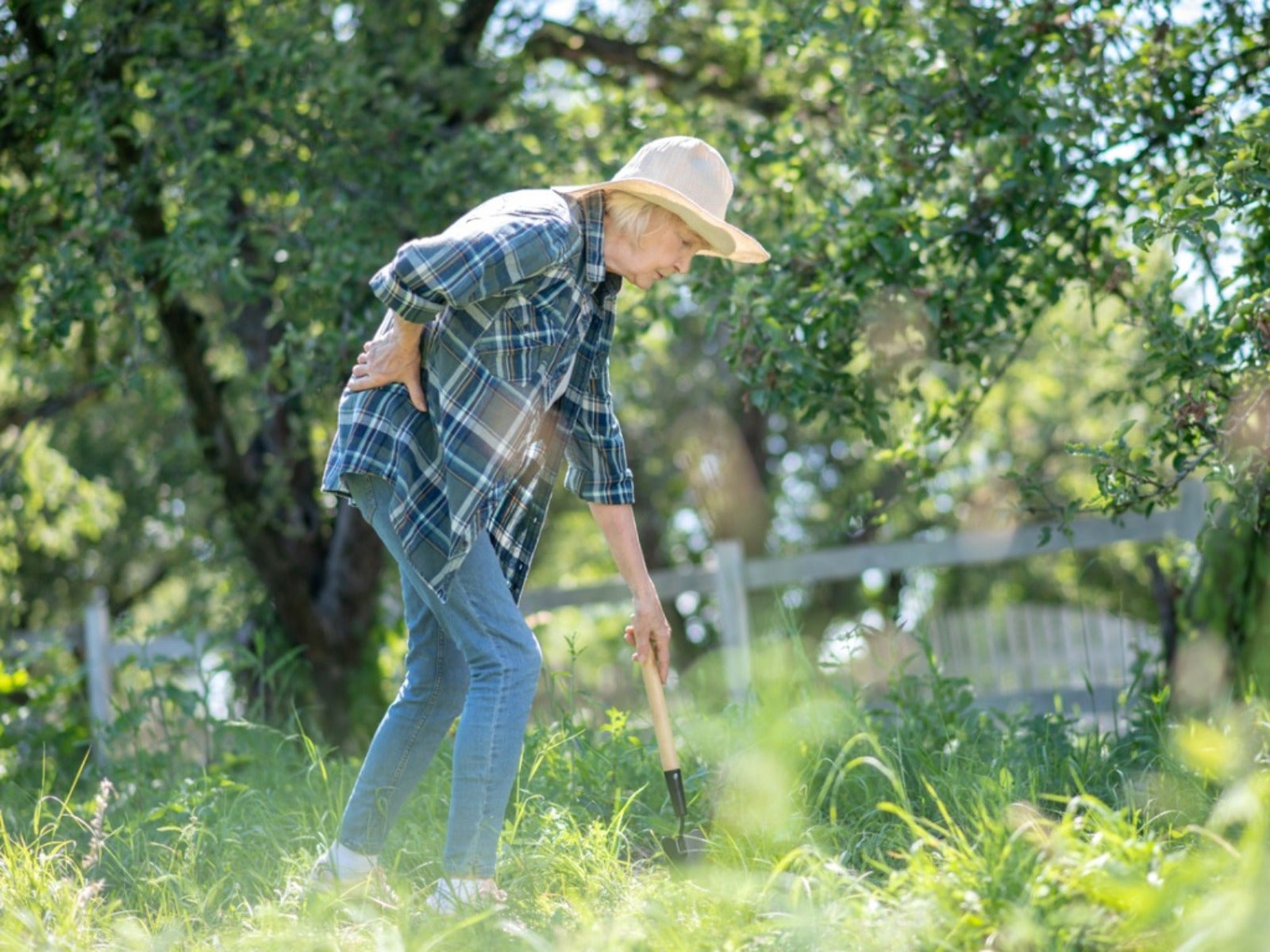Prevent Back Pain From Gardening With These Tips And Tricks


Back pain is one of the most common physical complaints, and one from which many gardeners suffer. All the twisting, bending, lifting, and other postures contribute to back pain after gardening. But there are many tools and methods to help avoid this discomfort and make outdoor chores more pleasant and pain free.
Gardening is a physical activity that requires flexibility and strength. When the gardening season amps up in spring, many gardeners complain about aches and pains, especially in the back area. The first step to avoid this is to warm up before going outdoors. Doing stretches and using ointments where applicable helps. Using the right tools for the job and switching up the methods you use for chores can also save your back and ease the effort required. Just as there is a right plant for every space, there is a right way to garden smarter.
How to Prevent Back Pain When Gardening
Changing your approach to gardening is a simple way to help make it pain free. Many of the ways we water the garden take considerable effort. Moving hoses, schlepping sprinklers, and hand watering can take a toll on the body. Installing in-ground irrigation and using targeted drip lines will not only remove all that effort, but can also can save money on water. Another way to prevent back pain when gardening is to use raised beds. These don’t have to be fancy and can be built out of many found materials.
Consider planting perennials instead of annuals which need to be planted every year. If there is enough room around the edge of the raised bed, you can sit to weed and tend the plants easily. If a very strenuous chore is necessary, consider using a back support for gardening to reinforce good posture and give firm structure to the back.
Weeding Comfort
One of the most back breaking chores is weeding. Whether you kneel, squat, or scoot about on your posterior, bending is a must. Applying mulch around plants provides a weed barrier and conserves water. Mulches come in a variety of products such as bark, gravel, recycled tires, and others. Using weed barrier fabric when preparing beds minimizes the unwanted plant growth.
There are also granular products which prevent weed seeds from germinating. A lasagna bed with layers of newspaper or cardboard is also effective as a weed barrier. For lawn weeds, acquire a long handled dandelion weeder that removes the need to stoop. There are also rolling carts with a seat that keep the gardener comfortably low to the ground as they move about pulling weeds.
Gardening Tools for Bad Backs
Ergonomic and long handled tools are life changing for those that suffer from back pain. Purchase tools that are lightweight, like those made of aluminum. A long watering wand helps prevent stretching when watering hanging baskets or oddly situated plants. Tools that are spring loaded reduce the amount of effort necessary for certain jobs.
Gardening tips, videos, info and more delivered right to your inbox!
Sign up for the Gardening Know How newsletter today and receive a free copy of our e-book "How to Grow Delicious Tomatoes".
When using tools, practice good form. Pull the stomach in and lift with your legs. When digging, widen your legs comfortably to spread the weight through them. Stand as close as possible to your task. Avoid twisting when possible, as is usually the case when throwing a shovel full of dirt. Ask for help if there is an especially heavy object to lift. Always be conscious of your body, and rest when necessary. The weeds will still be there tomorrow.

Bonnie Grant is a professional landscaper with a Certification in Urban Gardening. She has been gardening and writing for 15 years. A former professional chef, she has a passion for edible landscaping.